Sean stepped out of the shadow of his very talented younger brother this year Jamie. With the switch to kitesurf brand RRD and his co-determining role within the big air team, RRD has developed the latest Obsession kite. A kite especially for the popular big air sailing style. Now it's time for Sean to further develop his talent and kitesurfing career. He sometimes gives me advice via his Instagram and so I took the opportunity to interview Sean with KitesurfPro. We asked Sean about his path, goals, role at RRD and tips on kite size and learning kitesurfing tricks. Watch the interview with Sean Overbeek and get inspired.
Sean Overbeek chooses his own path
I think you've become more empowered and stepped out of the shadow of your younger brother Jamie. Would you like to tell us something about that?
“Together with Jamie I have been through a lot in the sport. We've traveled the world and push each other to get better and better. Being known as the 'Brothers Overbeek' gave me a step into the world of professional kitesurfing. Still, I've also had a hard time standing in my brother's shadow every time. With his skills, the attention is more in his direction.”
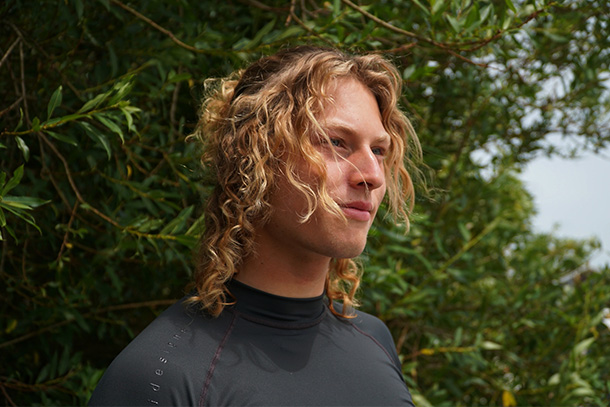
“About a year ago, after kitesurfing with Jamie for the same sponsor for almost three years, I RRD go kitesurfing. At RRD, as the twin tip big air rider, I have much bigger tasks than before. In addition to training and promotion, I am also responsible as a tester.”
Because of my role at RRD, I have traveled a lot in the past year. In this way I have found a nice balance so that I can also appreciate kitesurfing with Jamie in the Netherlands as usual.
Sean his role at RRD and pride
How did you come into contact with RRD?
“Last year, the team manager contacted us via Instagram. The brand has been mainly active since 2016 wave kiting en wingfoiling. Now they were looking for a rider who could help the brand get back into the big air world. After testing their kitesurf equipment and finalizing contract negotiations, I joined the international team.”
Testing kites is interesting but hard work. You can't turn off your brain like in a normal session. You have to keep an eye on everything all the time. It's actually 90% of the time figuring out what doesn't work.
How did the RRD Obsession big air kite come about?
At RRD I have been involved in the design and testing of the new big air kite from day 1. My detailed feedback during testing and knowledge of other products on the market made me lead tester for the remainder of the project. For example, I have been to Tarifa, Cape Town, Tenerife and even our own country with the designer. After a year of much testing and contact with the team, the new 'Big Air Obsession' has finally been launched. It's great to see 'my' project flying worldwide and to hear enthusiastic reactions.
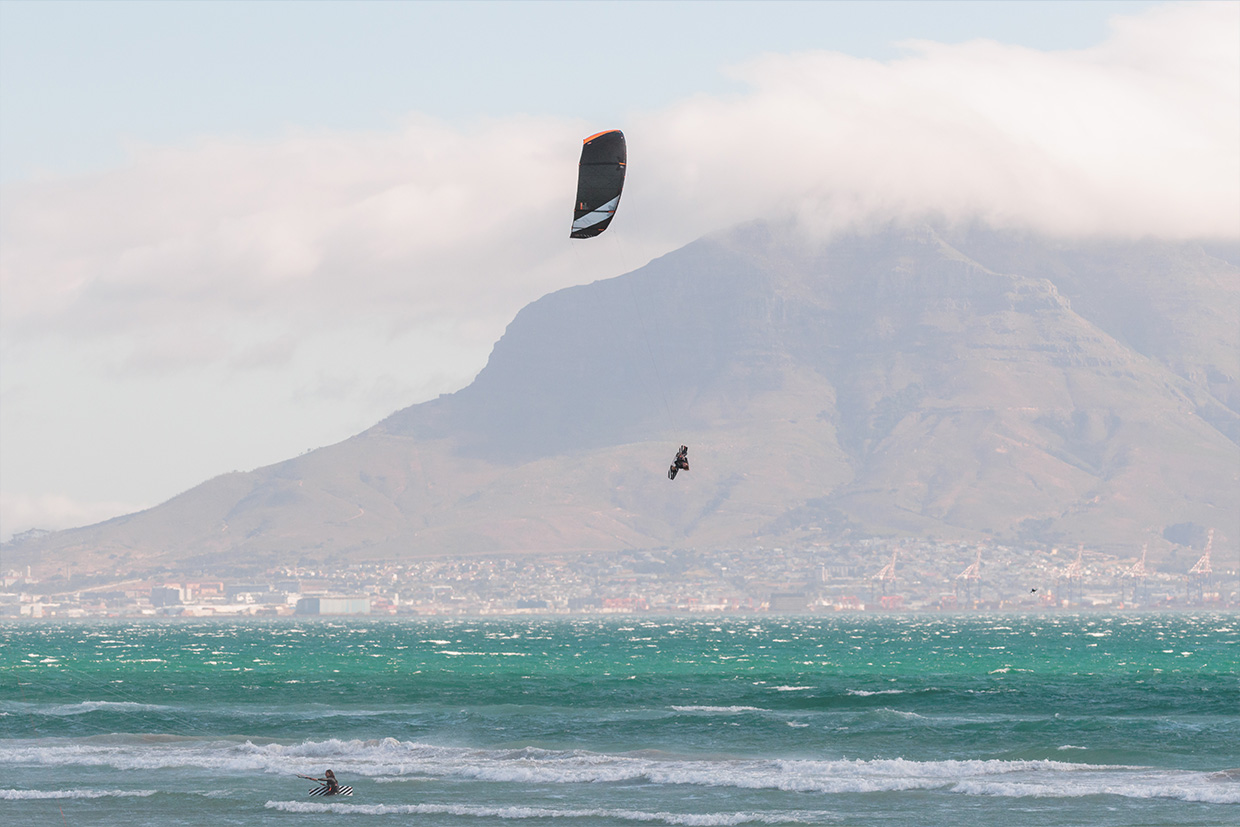
Goals Sean Overbeek
What are your goals for the coming period?
“I am training with the new Big Air Obsession. I want to get to the big air top. In the spring and summer the wind was good in the Netherlands and I took every opportunity to kitesurf. My goal is to participate in competitions and to put the brand, but especially myself, on the map. The first one I go for is it NK Big Air. "
How do you train for these goals?
“I used to go out on the water with sometimes 10 new tricks that I wanted to land. Now you often do not have ideal conditions in the Netherlands. We often have to deal with gusts of wind or wind that is very difficult to lift up. This often ended up shorting my head; with a lot of frustration and little progress after the session.”
“Recently I started doing things differently. I now train very systematically. When I go out on the water I have one trick I want to learn. Sometimes it goes really fast, but sometimes I'm also crashing for 2 hours. I learned that falling is the most important part of the learning process. This way I land a new trick almost every session and I also have a lot more fun.”
I am satisfied when I have proved my own doubts wrong. When I put my mind to it and land a trick that I didn't expect from myself, I feel fulfilled.
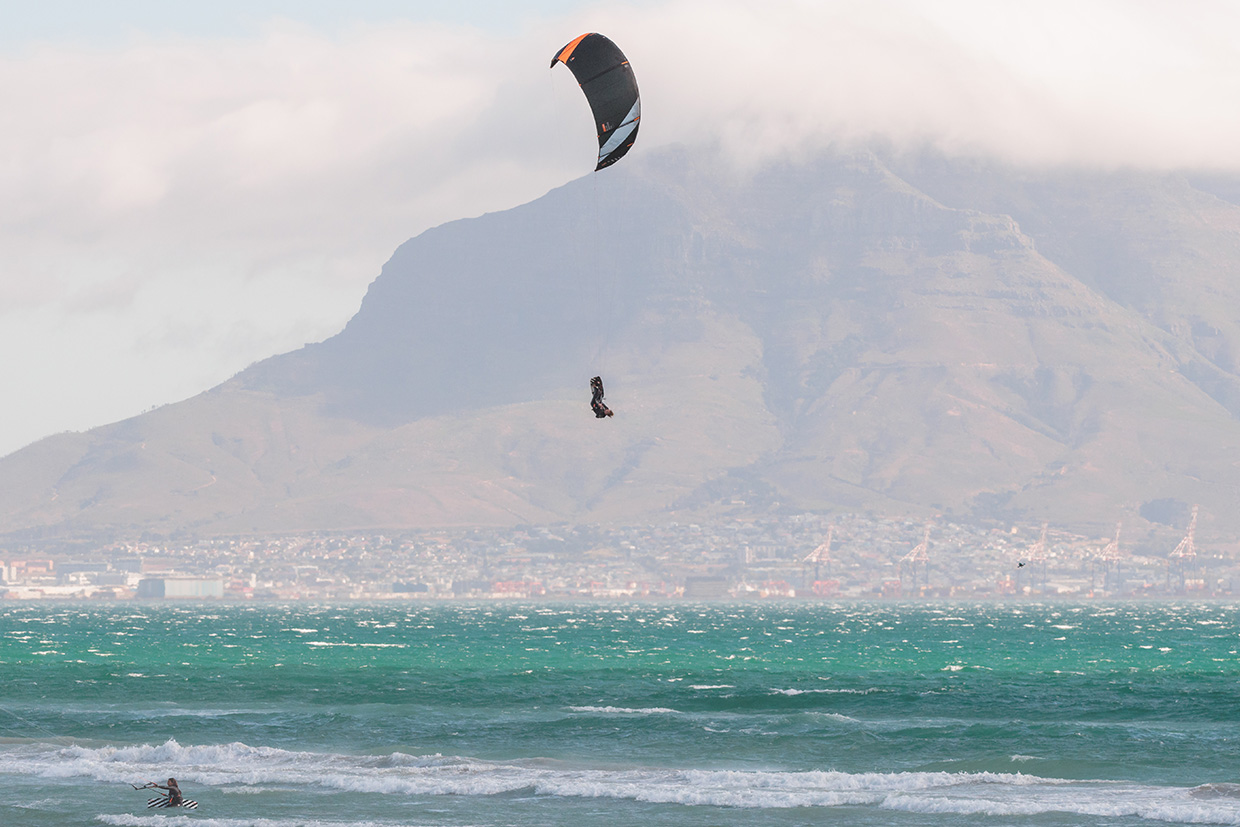
What tricks are you working on?
“Currently, the focus is on kite loops and counterloops with multiple rotations. I want to combine this with board-off variations.”
Lifestyle of a professional kite surfer
Do you have to sacrifice a lot to be such a good kite surfer?
“As a professional kite surfer, it is difficult to make agreements: if the wind blows, you naturally go kite surfing or you travel to the wind. Fortunately, my best friends fully support my kitesurfing career. I can also get along with them for a while, even if I wouldn't see them for 6 months, so to speak. Still, it is not always nice to have to skip birthdays and other occasions to which I am invited.”
What do you do besides kitesurfing?
“I am now starting my second gap year, so the main focus is on kitesurfing. On days with no or little wind I am often skateboarding. Not at a high level, but with almost as much fun as kitesurfing. I also work at a kitesurfing school. Next year I want to organize professional clinics. For example to learn to jump higher and learn a kiteloop. Besides that, video and photography and video editing is also a big hobby”
Kitesurf material choice
Can you tell us something about the Obsession kite?
“The new Obsession is exactly what I wanted to make it, the perfect combination of high performance and ease of use. With the right technique, the kite easily jumps towards 25-30 meters. I also put a lot of time into making sure you get a 'second lift' at the end of a jump.”
“Unlike other 5 strut Delta kites, the Obsession has relatively little bar pressure. The kite is very fast and direct, and you feel exactly where it is in the air, even with the low bar pressure.”
“The combination of these factors makes this the perfect kite for me to try new tricks without fear. The frame is also absurdly stable for a kite with an open shape. I have tried everything with the kite. For example, with offshore wind and wind of 18-50 knots, but the frame remains stable. In no situation does the kite have front or back stall.”
Which kiteboard do you use?
“The board I ride, the Bliss, is a very playful board. Enough shape to hold up in high winds, but not so much that I can't maneuver around. Due to the slightly sloping tips, this board is also great for choppy water and board-off variations.”
Which size kite do you take with which wind?
“Because tricks are getting more and more technical these days, I'm switching to a smaller size a little faster than before. This way I can keep control of the kite in strong winds. This is also much more efficient for training. On average, I use this schedule for myself:
- 12 meters: 16-23 knots;
- 11 meters: 17-24 knots;
- 10 meters: 19-26 knots;
- 9 meters: 22-30 knots;
- 8 meters: 25-36 knots;
- 7 meters: 30-55 knots;
- 6 meters: 36-70 knots.
By the way, I weigh 76 kilos and use the RRD Bliss 135 x 39 cm.”
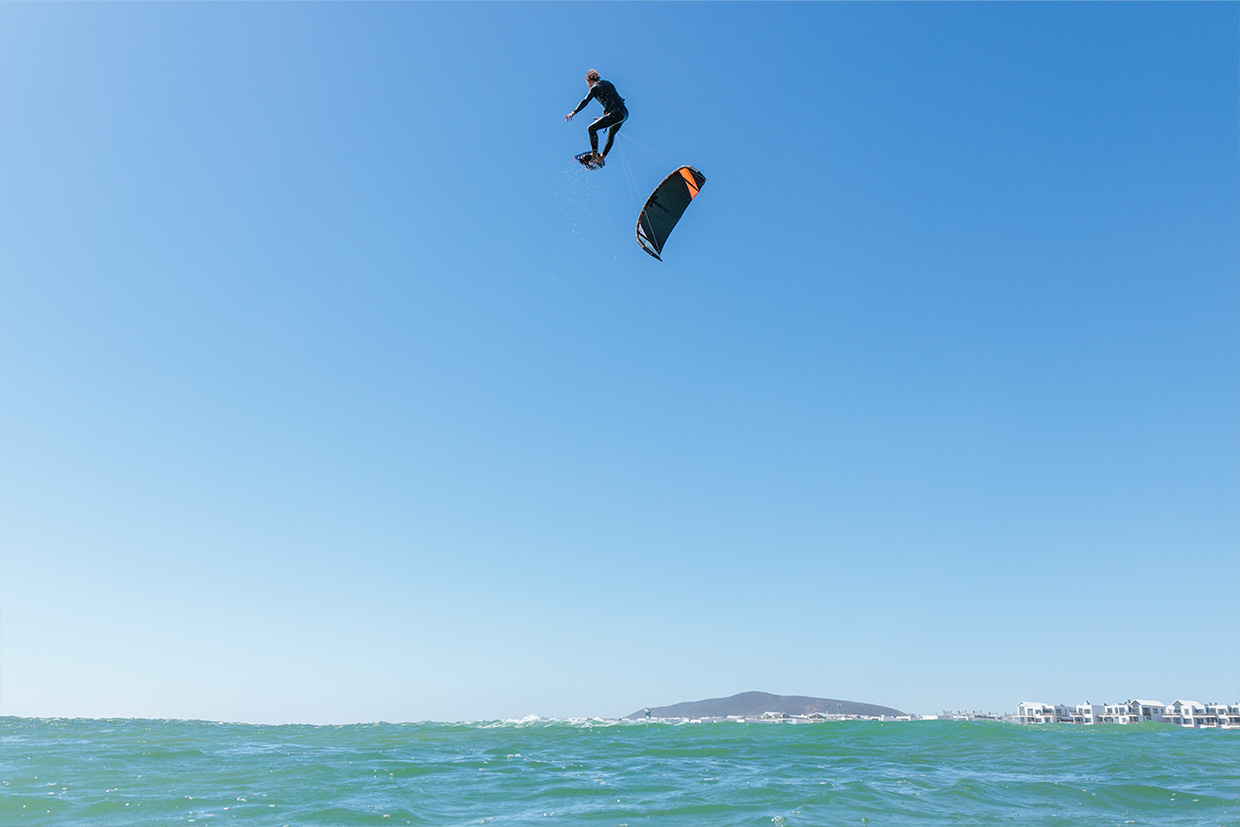
Learn new kitesurfing tricks with Sean Overbeek
How do you overcome fear of new tricks? Do you have any tips for fellow kiters?
“Visualize, fall, get up. Before I try a new trick, I've already landed it in my head ten thousand times. If you can't play the trick perfectly in your head yet, it's important to practice the moves in light wind first.”
For example, you want to learn a boogie run with a board-off. Then first take your 12 meters in 16 knots and practice an inverted frontroll boardoff. In big air you basically learn everything in light wind.
“All you do in strong winds is one kite run add. In my opinion, this is easier because you don't have to keep your kite stable in one place.”
“Because big air is really a hype and the top does absurd tricks, the average kiter often wants this too. People then learn their first jumps, and then immediately want to learn to walk. However, they forget how important the basics are. Things like jumping technique, forehead- en backrolls, grabs, heliloops, one footers are essentials if you want to make progress safely and efficiently.”
Sean, thank you so much for the interview and the tips you sometimes give me to achieve my kitesurfing goals. Very cool what you have already achieved in the gap years after graduating from high school. Much success in the coming period! Sean Overbeek will continue to inspire us.
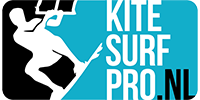

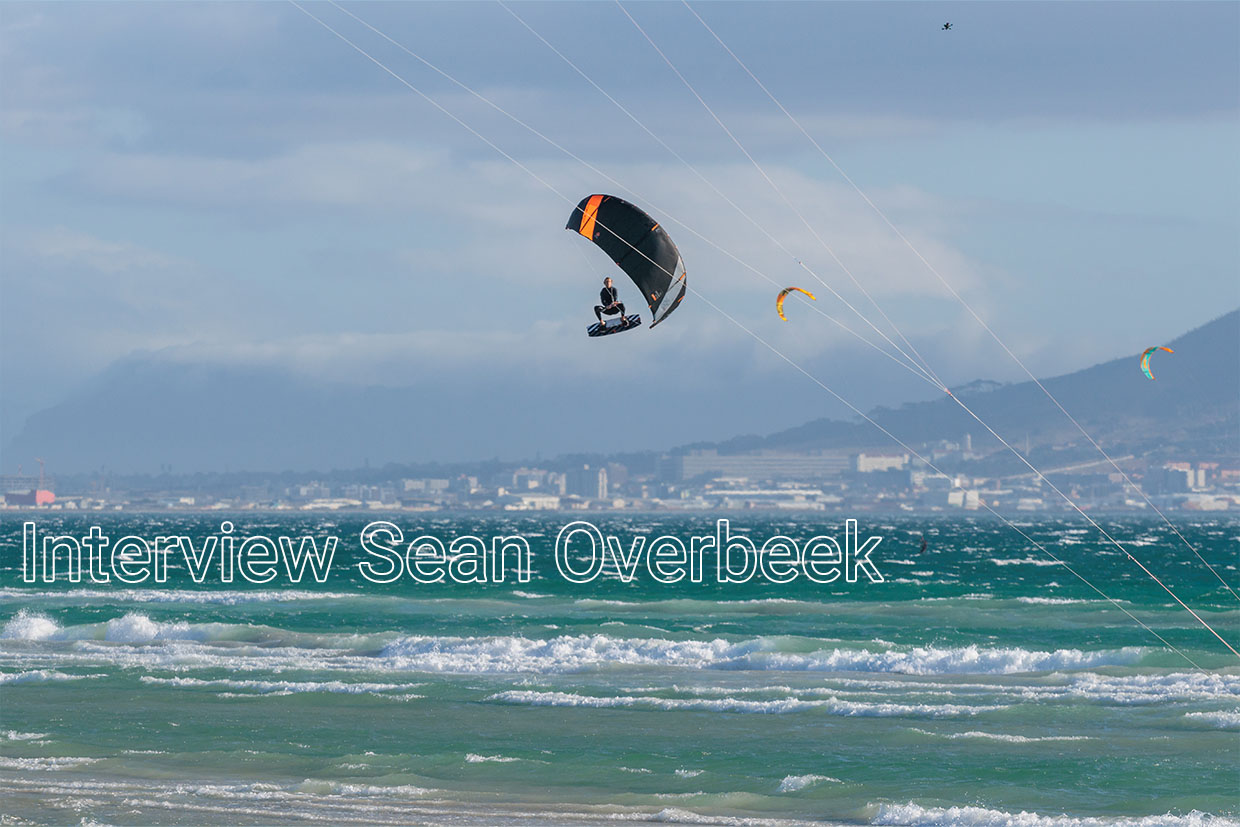
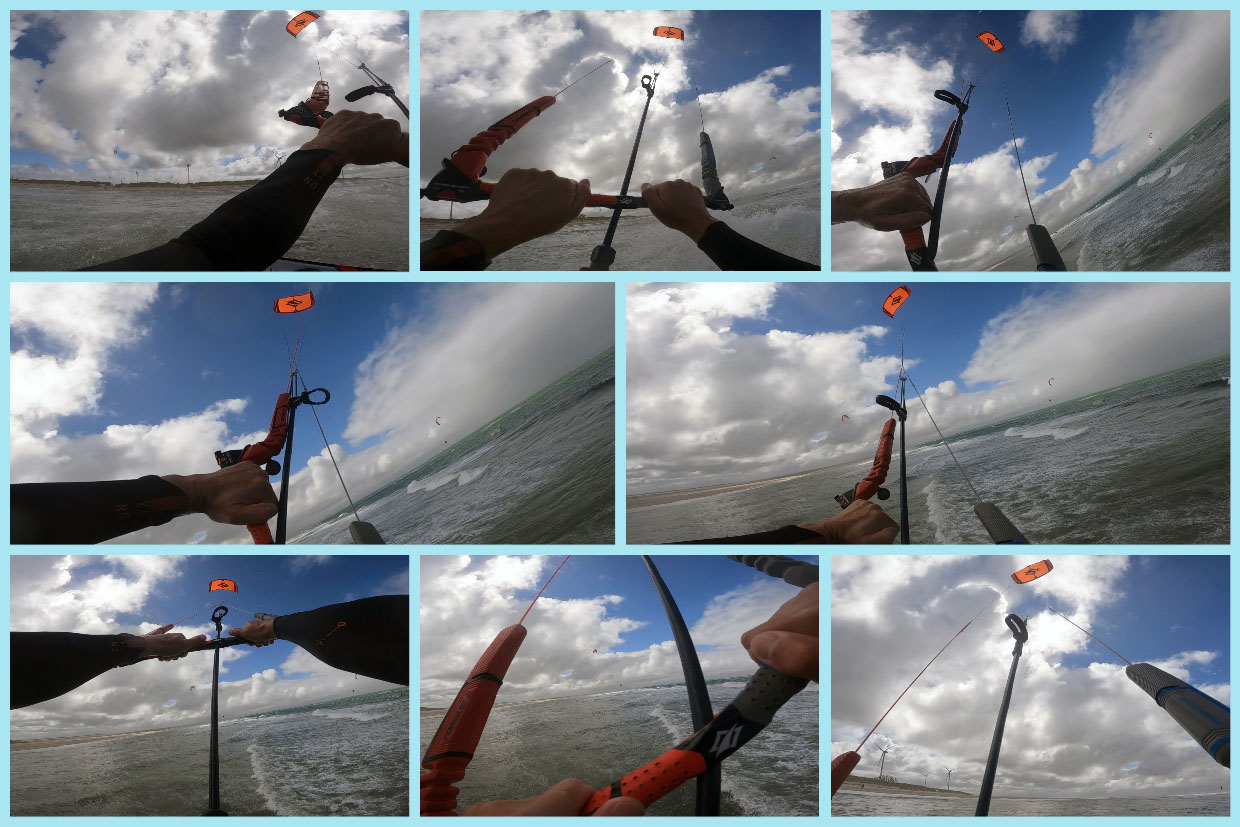
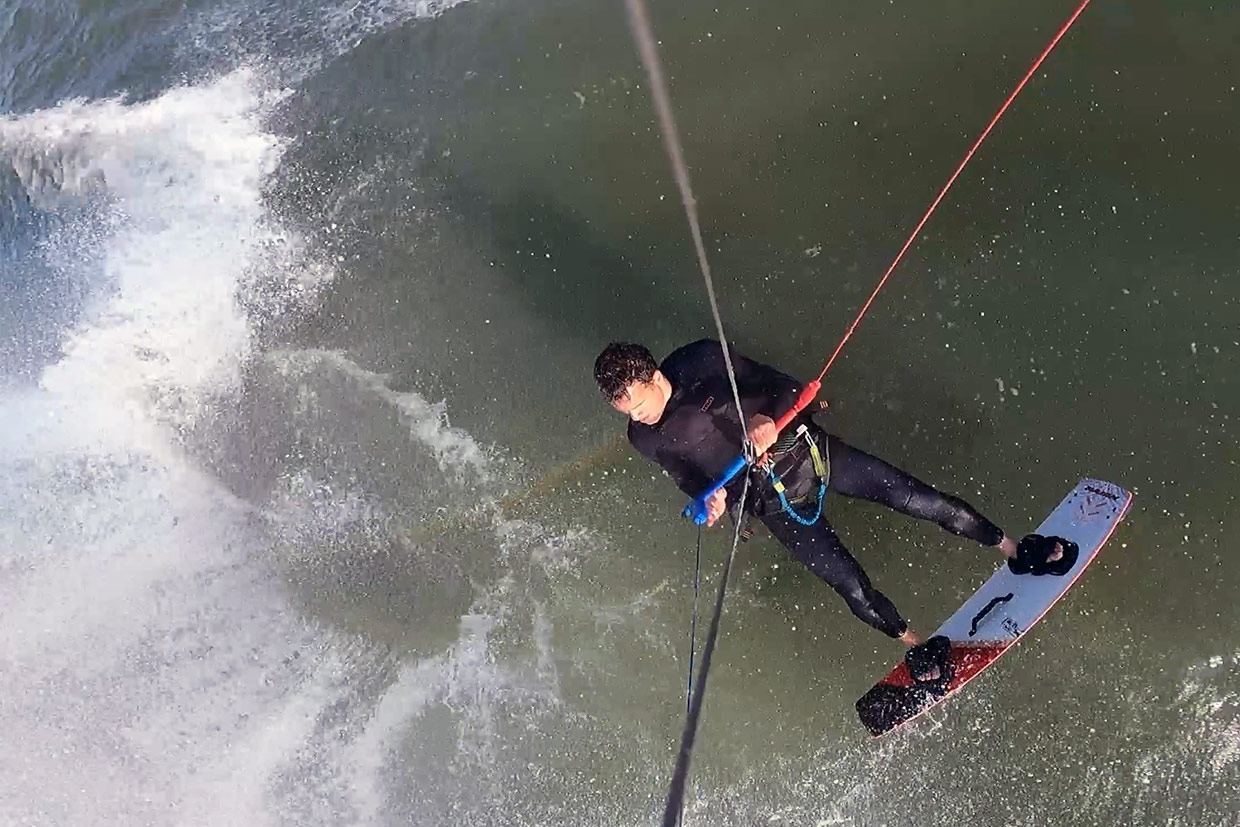
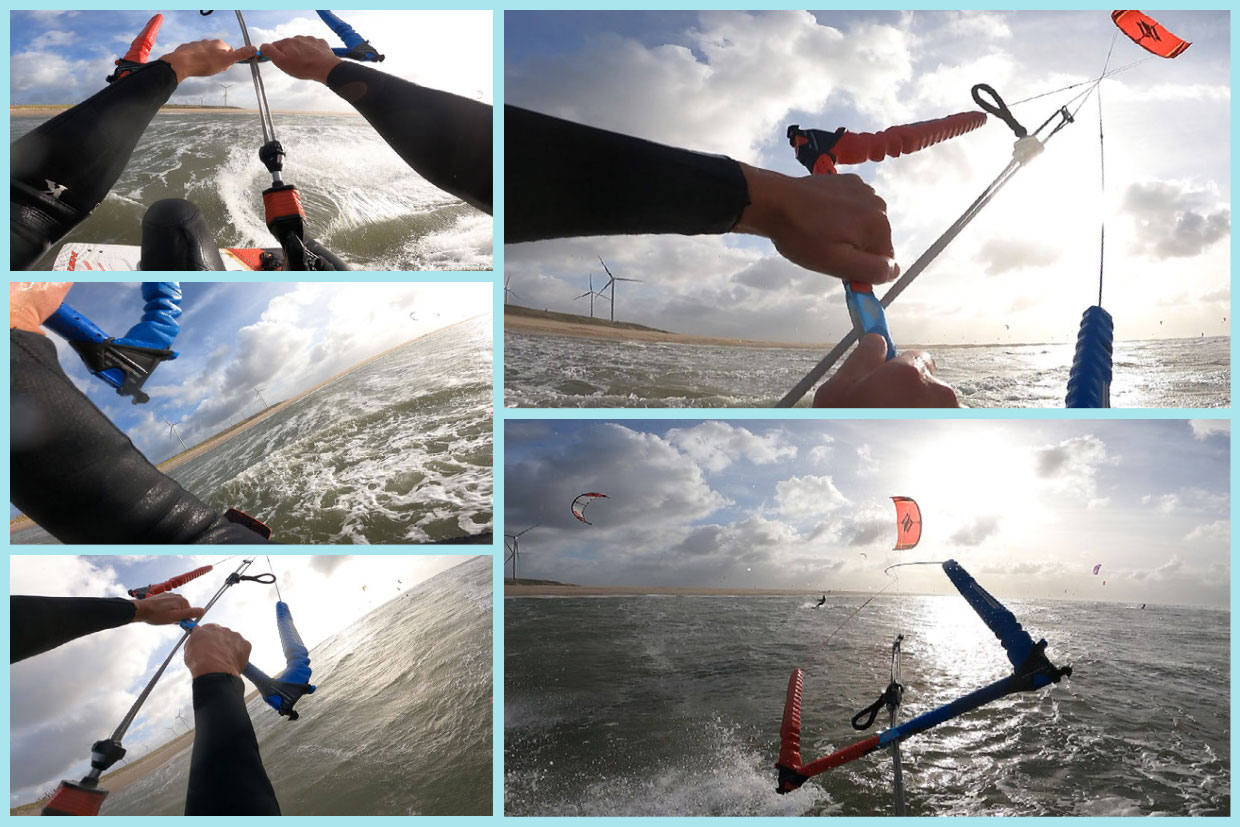
Sean mate, great to read how well your doing my good friend, I loved meeting you jamie and your dad last year when I came to pick your old Ozone board up in Holland, you all made myself and my wife very welcome in your house and loved drinking coffee and talking to you all about kitesurfing, I love following both you and your brother day to day and can't wait to see you guys again, I would love to come over again but this time get some lessons with you personally to help me learn my first kiteloop, your board helped me with further my kitesurfing abilities and forever thankful for that, it's such a lovely board and for yourself and jamie to sign it was so sick. My friend good luck for the future I hope you get yourself into some good competitions coming up but most of all keep enjoying what your doing stay safe my friend say hi to your family and I hope next time we meet I get to meet your mum too , take care bud. Paul 🤟
How nice to read Sean. I'm proud of you.